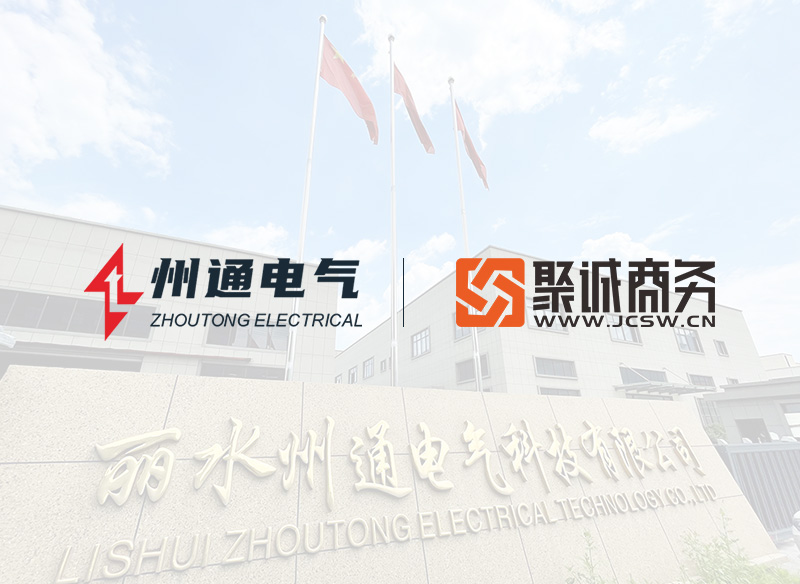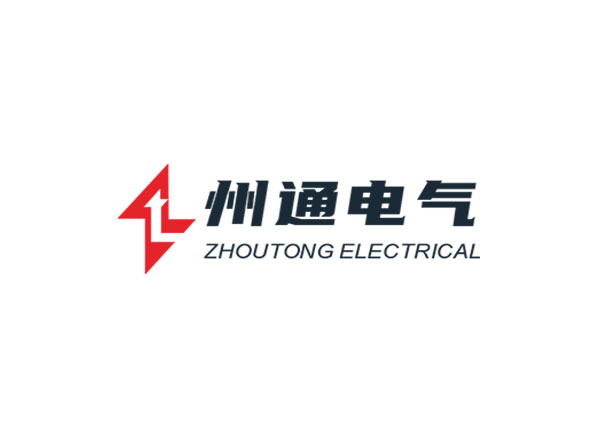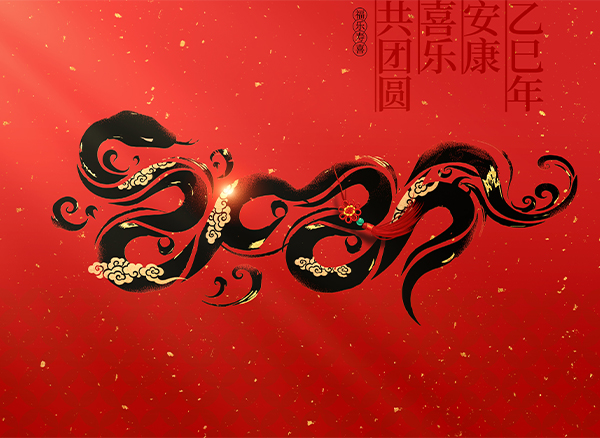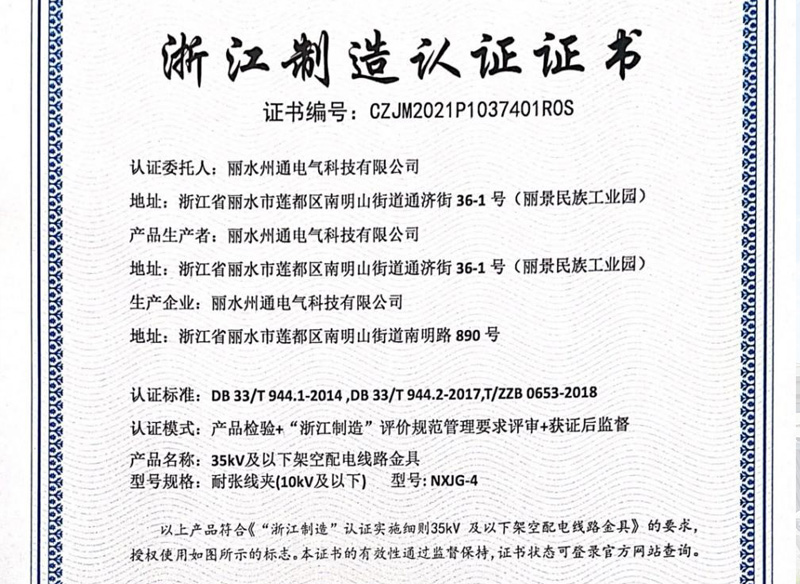Understand the classification and precautions of electricity funds
The classification of power fittings is also diverse, which can be unified into the following categories:
1. Connecting fittings, mainly used for overhead power lines in the construction of power fittings, and used in substations constructed by the electric power bureau. The general function is to use connecting fittings to form a string of suspension insulators and hang them on the tower. In addition, The function is to use the connecting fittings to connect the suspension clamps for linear plug towers or the tension clamps for non-linear plug towers with the insulator string. There are many places where connecting fittings can be used.
2. Suspension clamp, this kind of power fittings is mainly suitable for hanging the wire insulator string on the tower and the suspension jumper on the insulator string.
3. Protecting fittings, as the name suggests, is mainly reflected in the protection of other power fittings, reducing the vibration amplitude of overhead power line wires and lightning protection wires, and even shielding on lines above 330kv and substation insulator strings. These products include: shockproof Hammers, spacers, etc.
4. Cable fittings, like DTL. DT. DL series of copper-aluminum terminal blocks are used for various round and semi-circle in power distribution devices. Fan-shaped aluminum wires, power cables and the excessive connection of copper terminals of electrical equipment, these products also play a vital role in power fittings.
5. Equipment fittings, also called equipment clamps, are mainly used for the down-lead of the busbar in the substation. They are divided into aluminum stranded wire and steel core aluminum stranded wire. Therefore, the equipment clamp is divided into copper transition equipment clamp and aluminum equipment wire from the material. Clip two kinds.
6. Continuous fittings. This type of power fittings are used for the conductors of overhead power lines and the repair and continuity of lightning protection lines. According to the installation method and structure, it is divided into bolt type, pre-twisted wire and compression type.
7. Tension-resistant fittings are mainly used to fix wires and lightning protection wires in overhead power lines and substations, and then connect with some tension-resistant insulators through matching connection fittings, or connect lightning protection wires to poles and towers. This type of power fittings can be divided into three categories: bolt type, compression type, and wedge type according to the different installation methods and structure. In addition, the compression type is divided into two types: explosion pressure and hydraulic pressure.
8. Power station fittings. Power station fittings are also called current fittings. It includes fittings used to support and fix some flexible conduits, multiple wires, and various hard busbars in electrical installations in substations and power plants. This type of power fittings is divided into slot type, tubular bus bar, flexible bus fixed fittings, and rectangular according to the wire type used.



